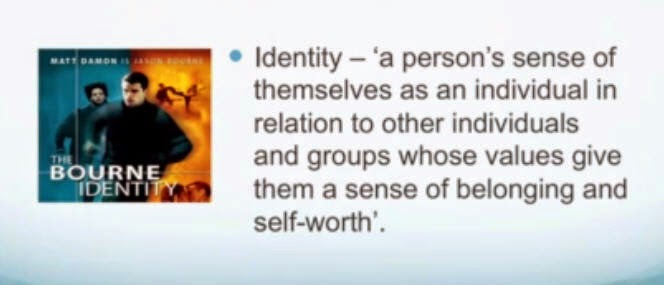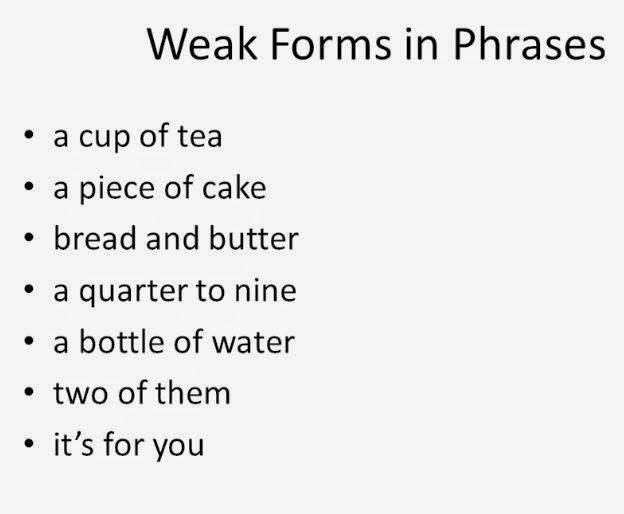Plus, the book was nominated for an ELTon in Innovation in Teacher Resources, and it is both in paperback and e-book format.
Lots of people ahead of me have written very good & complete reviews of the book, such as the one by Wayne Rimmer (Available here, at the Pronsig FB page). I myself won't be reviewing the book formally, but I will be drawing upon some snippets which I feel are of major interest to me at this stage of my teaching.
***
As a self-confessed David Brazil fan (yes, when they ask you "what past historical figure would you like to interview if you had the chance?" I would most certainly choose him! I have issues!), reading a book by someone who has studied with him just makes me more than curious. Particularly, because they can tell us something about the "kitchen" of the whole system, something about the "didactic pruning" that we all engage into when teaching a topic and that may have led Brazil to make some simplification in his explanation, among other things. And also because I have not seen much developed from Brazil's time to now, at times just mere repetition of what was written in his books. So having someone taking this to the "next level", with adoptions and rejections of different bits of Discourse Intonation ideas, is more than appealing to me.
But this book exceeds the domain of Discouse Intonation, as it explores a wide range of topics, including:
The book centers around two issues, two "dilemmas":
"Anna's anger" at not being taught to really listen, at being asked to complete listening comprehension activities without having any teaching of the phenomena of the stream of speech.
***
But this book exceeds the domain of Discouse Intonation, as it explores a wide range of topics, including:
- perception and production models of speech,
- changes to the stream of speech as we talk,
- how spontaneous speech "works" and how it is different from other forms of "careful speech"
- what happens when we transcribe speech
- accents, identity and emotion in speech
- the teaching of listening.
As you can see, it's a sort of manual or handbook on a number of topics, descriptions, observations, and reflections that can inform our teaching practices.
***
The book centers around two issues, two "dilemmas":
- "Ying's dilemma", related to the problem that we know words, but we can't catch them in spontaneous speech.
I confess myself to having had lots of "Ying moments" this year, particularly in the North of England. In spite of the fact that I'd studied the accents thoroughly, so I supposedly knew what to expect, I found myself in York, "recruited" by an Avon saleslady who was asking me questions I never got to understand. I had to say "sorry" in a Spanglish accent to make her realise I wasn't really getting it (I'd say "sorry" with a rise twice before to request repetition) and she let me go. And on a bus to Whitby, two young people sitting next to me were talking of complaining to the company of the service, and one of them addressed me saying something that sounded to me like "Got a penner?", and after apologising and looking puzzled, I got a clarification: "something to write with". He had said "Got a pen or something?".
"Anna's anger" at not being taught to really listen, at being asked to complete listening comprehension activities without having any teaching of the phenomena of the stream of speech.
I generally do some teaching of the aspects of connected speech when I do listening comp activities, but it is true that I do this particularly when students have trouble with some specific answers. I ask my students to write down what they think they hear, the orthography of what they think they heard, even if it doesn't look like a familiar word, and then we start analysing what went on in the stream of speech, the processes that were applied. But I have to admit that "Anna's anger" made me feel guilty about not doing this more often, particularly in my Lab lessons at College.
***
Some of the concepts I believe to be particularly interesting, especially because of the way they were presented, and which I have adopted immediately, are related to the "Window on Speech" framework adopted by the author, that uphholds a model that focuses on spontaneous speech with its "transient, invisible, plastic" features rather than on careful speech, the latter being the one we normally use for teaching production. I liked the notions of:
- "acoustic blur", defined as "the way in which words in the stream of speech do not have clearly-defined beginnings or endings" (p.18),
- "squeeze zones", those parts of speech that present non-prominent syllables and that present "squeezed" soundshapes, and that sound truly differently from the citation forms we all know too well, and which we, wrongly, expect to hear in spontaneous speech.
I found these ideas to be useful when doing dictation with my teacher trainees. I found that in the initial stages of recognition of onsets and nuclei, nuclei were not really a problem (at least, if the sentences were dictated with falls. Rises do bring about more trouble...). But the presence or lack of an onset were more difficult to spot for my learners. Drawing their attention to the "squeeze zones" in the pre-heads, and the comparison of the strong, better-defined vowels they would hear if the items were accented, has proven really effective.
These ideas by the author are futher developed in Part 2, and there is a great section on "Soundshapes" that deals with function words. Like in the rest of the book, there are a myriad audio clips exemplifying each and every point (the whole reading experience is a lesson in listening itself! Awesome!), and there is a description of these "weak forms" as we know them, together with other items which are not generally considered in other sources, except perhaps for Jack Windsor Lewis' blog (do an entry search for articles on less commonly reported reduced items!). The resources generally consulted for theory on weak forms in Phonetics/Phonology courses include the famous Gimson's... edited by Cruttenden (now in its 2014 edition!), the textbook by Peter Roach, and the "37 Weak Forms" article by Ortiz Lira. Cauldwell's description of reductions in spontaneous speech would certainly defy many of the reduced-word lists we are used to putting together, plus revealing that reduction is far more common than we would be ready to accept!
Among the many definitions in the book, I quite enjoyed the reference to tones in careful speech as "countours of a landscape with high peaks, steep slopes and deep valleys" and the "gently rolling hills and shallow slopes of the English countryside" of spontaneous speech. This is so clear when it comes to the perception of the fall-rise by my students (and myself!) so used to O'Connor & Arnold's really steep fall-rises or rise-fall-rises, that the "shallow" fall-rises in spontaneous speech are either reconstructed because of our "theoretical expectations" or missed altogether. Another "challenge" to some long-established theoretical points, is the reference to the stress-timing theory. Though questioned from the early 1980s on by people like Roach and Cauldwell himself (click on the names for the articles), as it appears not to be a true reality of English speech, it is still a useful construct to teach English rhythm (in my humble opinion), but it is rejected if English is taught for ELF purposes, as weakening is not part of the Lingua Franca Core defined by Jennifer Jenkins.
The "Phonology for Listening" book presents cases of isochrony, but mostly claims that spontaneous speech is very rarely isochronous.
The "Phonology for Listening" book presents cases of isochrony, but mostly claims that spontaneous speech is very rarely isochronous.
***
The second part of the book also describes the shape of spontaneous speech, particularly the drafting phenomena: filled and silent pauses, restarts, repetitions, reformulations, markers of imprecision, softeners, issues of speed and articulation rate.... It is essential to bear these issues in mind when it comes to teaching production, as well, in my opinion. There was a great talk on fluency by Alan Tonkyn in the IATEFL PronSIG PCE last April with a great discussion of what was perceived as fluent by native examiners of L2 speakers of English, and the presence of drafting phenomena was not necessarily a "threat", except for a number of specifications:
All in all, the first two parts of this manual address extremely interesting points, challenge assumptions, and fine-tune our ears. I was truly enthusiastic to read it the first time, and to review my notes for this post, after having attended two talks by Richard at IATEFL, which helped me make better sense of the book still. The key issue to start with is:
This ends my humble (intertextual!) review of Parts 1 and 2. I am most certainly not doing justice to the book, but you can always read it and read the reviews that are now around. Hope this piece has been enticing enough to go and have a taste!
My second part of this review, some time next week. And thanks for reading me!
***
Celeb spot! I have a pic with the author! (I have cheekily selfied him during the IATEFL PronSIG event!).














































